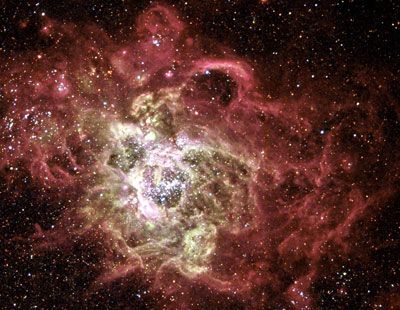
The exploration of space is no easy task due to the sheer vastness of it. In this collection, you can see images of mankind's attempts to explore the final frontier.
Advertisement
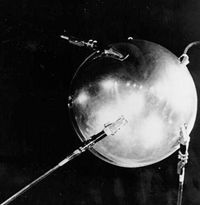
Modern space exploration started with the launching of the Sputnik satellite in October of 1957. The Space Age had begun. Check out an image of the first American astronauts on the next page.
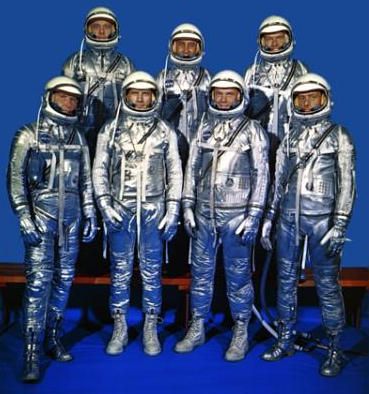
The Mercury Seven was the first group of American astronauts. The group was assembled from a pool of test pilots. Next, you can see the rocket that took them to space.
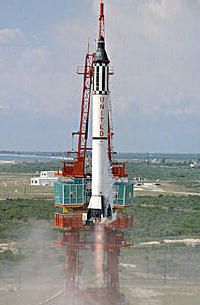
The Mercury spacecraft launched the first Americans into orbit. The goal of Projects Mercury and Gemini was to see if it was possible to land a man on the moon. Were they successful? Find out next.
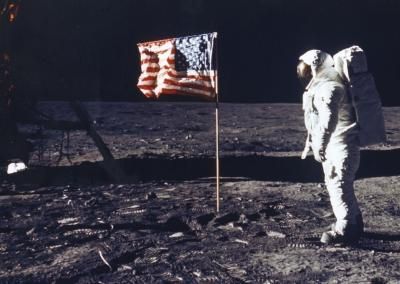
Buzz Aldrin poses for a picture next to the American flag on the surface of the moon. The Americans achieved their monumental goal on July 20, 1969. Next, you can see images of man's lasting impression on the moon.
Advertisement
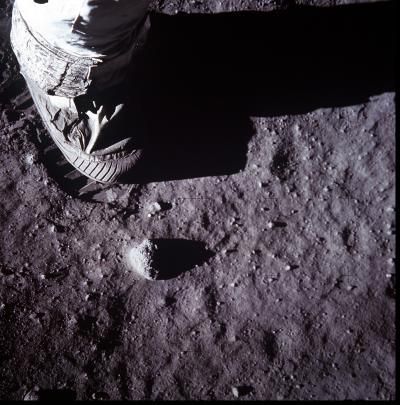
Neil Armstrong became the first person to leave a footprint on the surface of the moon on July 20, 1969. See more of this historic moment next.
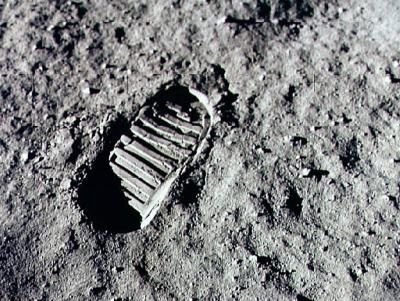
NASA wasn't finished with the moon landing. Next, you can see pictures of some other NASA space exploration projects.

The Skylab space station was designed for long-term missions in zero gravity. Check out a picture of the International Space Station next.
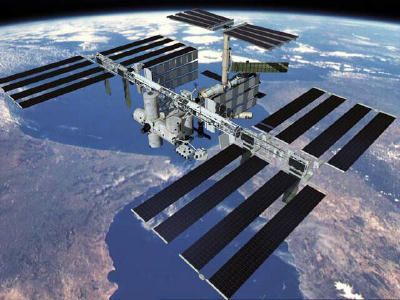
The International Space Station is a joint project between several countries. It is currently the largest space station ever constructed. How do astronauts get to the station?
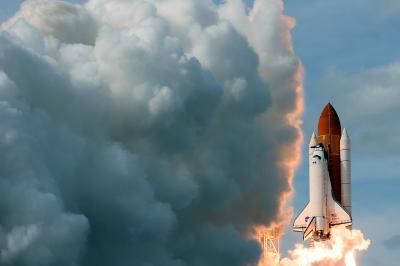
The space shuttle is used to bring crew and cargo back and forth from the Earth to the International Space Station. What are some other methods of space exploration?
Advertisement
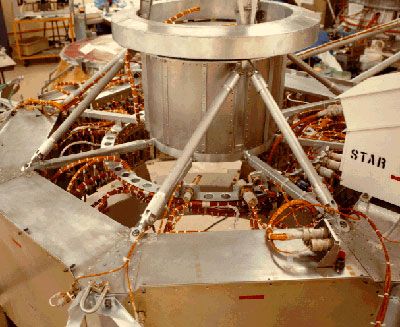
The Voyager is a space probe that was designed to explore the furthest reaches of the Solar System. Next, you can check out some of the images Voyager sent back to Earth.
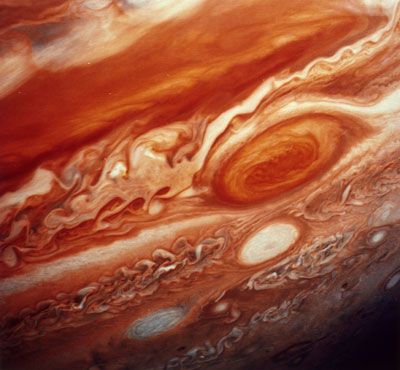
Jupiter's Great Red Spot, which extends from the equator to the southern polar latitudes, as seen by the space probe Voyager 2 in 1979. Check out an image of one of Jupiter's moons on the next page.
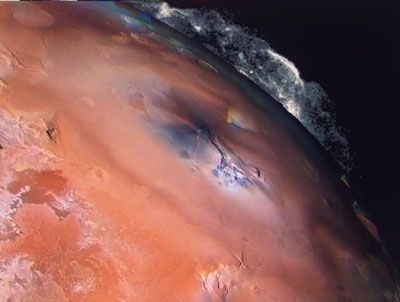
Voyager 2 took this photograph of the volcanic eruptions of Pele on Jupiter's moon Io. Next, you can see an image of Neptune.
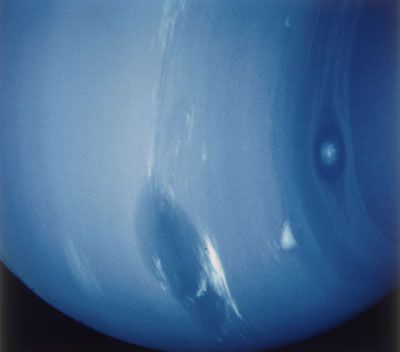
The Great Dark Spot on the surface of Neptune, as observed by the Voyager 2 spacecraft in 1989. The spot, thought to be a swirling mass of gases, had disappeared by 1994, to be replaced by a similar spot in a different location. While these images are impressive, NASA developed an instrument that has captured some of the most stunning images of space. Find out what it is next.
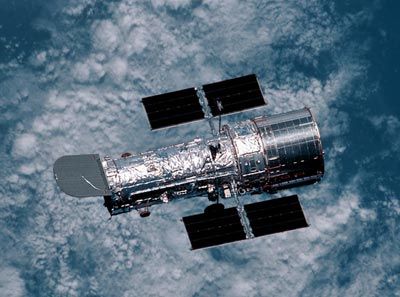
The Hubble Space Telescope has captured some of the oldest and most beautiful images of deep space. It has helped scientists study the remnants that were leftover from the creation of the universe. Check out some images from the Hubble on the next page.
Advertisement
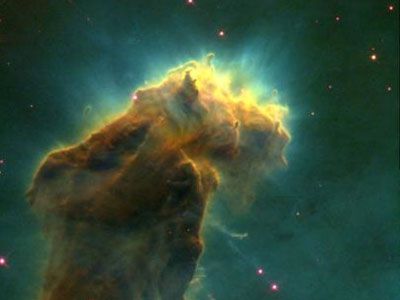
An image of the Eagle Nebula reveals many globules containing embryonic stars. Check out another nebula picture on the next page.
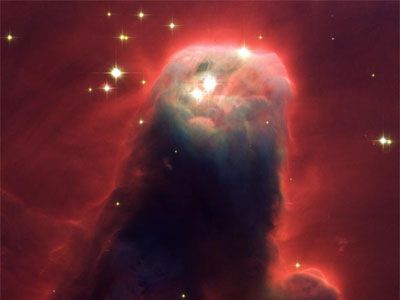
The Cone Nebula is actually just a small portion of a much larger nebular cloud. NASA also has an interest in objects closer to Earth. Check out pictures from the Mars missions on the next page.

NASA successfully landed two rovers on the surface of Mars in January of 2004. The rover missions have proven to be incredibly successful. The rovers were still operating well into 2009. Check out a picture of the Martian surface next.
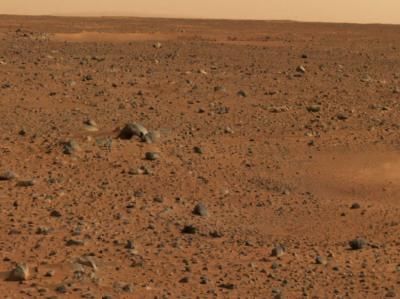
The first color image of Mars taken by the Mars Exploration Rover Spirit. Check out the next page for a picture of the Earth.

The Earth is but a tiny speck in the vastness of space. What does the future of space exploration have in store for us? To learn more about space exploration, check out 10 Greatest NASA Achievements.
Advertisement